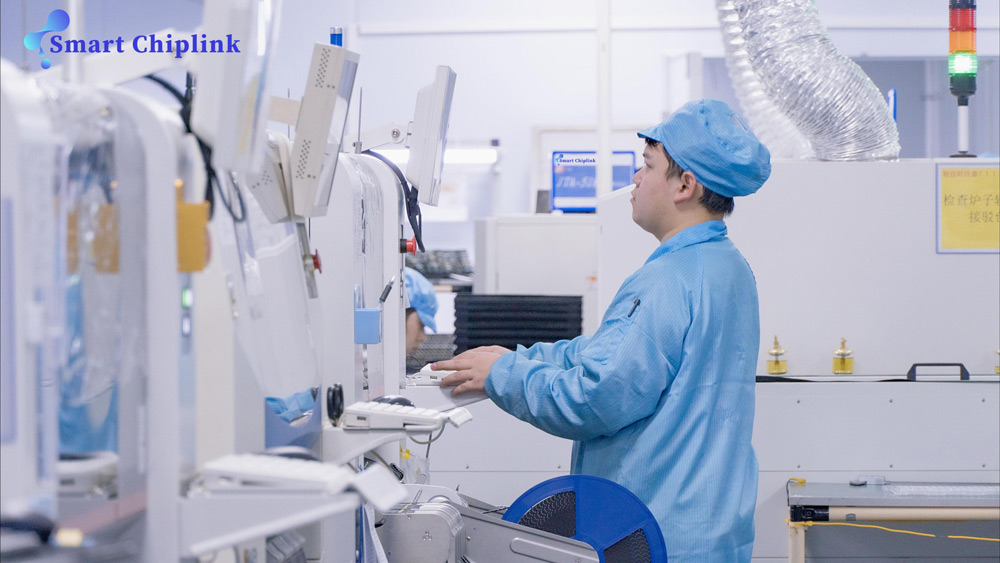With the rapid development of the global electronics industry, PCB Manufacturing (printed circuit board manufacturing) has become an indispensable part of modern technology products. From smartphones to automotive electronics to industrial control systems, almost all electronic devices cannot do without the support of PCB. As the "skeleton" of electronic devices, PCB not only carries various electronic components, but is also responsible for the transmission and management of electrical signals. Therefore, its manufacturing process is crucial to the performance and quality of the product.
Core Processes and Technologies of PCB Manufacturing
PCB Manufacturing is a highly sophisticated process involving multiple key steps, including design, material selection, etching, lamination, drilling, plating, pad coating, testing and assembly. The following are several core links:
1. Circuit design and board selection: The first step in PCB manufacturing is to use specialized design software to design the circuit layout according to design requirements. Selecting the right substrate material, such as FR4 fiberglass or high-frequency material, is an important part of ensuring PCB performance.
2. Etching and lamination: After the design drawing is completed, it is transferred to the substrate and the excess copper is removed by chemical etching technology to form a circuit pattern. Multilayer PCBs use a lamination process to stack different layers of circuit boards together to achieve complex circuit connections.
3. Drilling and plating: Drilling is to open channels on the PCB to connect the circuits between layers, while plating is to deposit a layer of metal on the inner wall of the drill hole through chemical or electrochemical methods to ensure the reliability of electrical connections.
4. Pad coating and testing: In order to facilitate the soldering of electronic components, the pads are usually coated with a layer of solder, such as tin-lead alloy or lead-free solder. Finally, the finished PCB must also undergo electrical testing to ensure that each circuit functions normally and there are no open circuits or short circuits.
Global PCB manufacturing market continues to grow
With the continuous advancement of technology and the growing demand for electronic products, the global PCB manufacturing market has shown a trend of continued growth. According to market research data, the annual compound growth rate of the PCB manufacturing market is expected to remain at around 5% in the next few years. This growth is mainly due to the rapid development of emerging fields such as the Internet of Things (IoT), 5G communications, self-driving cars and wearable devices.
Especially in Asia, countries and regions such as China, South Korea and Japan have become the main centers of global PCB manufacturing. China has taken a leading position in the global PCB manufacturing market with its mature supply chain, huge market demand and increasing technical capabilities.
Environmental protection and sustainability become new trends
With the improvement of environmental awareness, the PCB manufacturing industry is also constantly exploring more environmentally friendly and sustainable production methods. Reducing the use of harmful chemicals, optimizing material recycling, and reducing energy consumption in the production process have become important issues for PCB manufacturing companies.
To meet this challenge, many PCB manufacturers are investing in the development of new green manufacturing technologies, such as lead-free soldering, non-toxic etchants, and degradable substrate materials. These technologies not only reduce the impact on the environment, but also enhance the market competitiveness of products.
As the basic technology of the electronics industry, PCB Manufacturing is driving the advancement of global science and technology at an astonishing speed. With the continuous expansion of market demand and continuous technological innovation, the PCB manufacturing industry will usher in a broader development prospect. For electronic equipment manufacturers, grasping this trend and choosing high-quality PCB suppliers will be one of the keys to product success.

 English
English Español
Español Português
Português русский
русский français
français 日本語
日本語 Deutsch
Deutsch Tiếng Việt
Tiếng Việt Italiano
Italiano Nederlands
Nederlands ไทย
ไทย Polski
Polski 한국어
한국어 Svenska
Svenska magyar
magyar Malay
Malay বাংলা
বাংলা Dansk
Dansk Suomi
Suomi हिन्दी
हिन्दी Pilipino
Pilipino Türk
Türk Gaeilge
Gaeilge عربى
عربى Indonesia
Indonesia norsk
norsk čeština
čeština Ελληνικά
Ελληνικά Українська
Українська Javanese
Javanese فارسی
فارسی български
български ລາວ
ລາວ Latine
Latine Қазақ
Қазақ Euskal
Euskal Azərbaycan
Azərbaycan slovenský
slovenský Македонски
Македонски Lietuvos
Lietuvos Eesti Keel
Eesti Keel Română
Română Slovenski
Slovenski Српски
Српски 简体中文
简体中文 Беларус
Беларус




